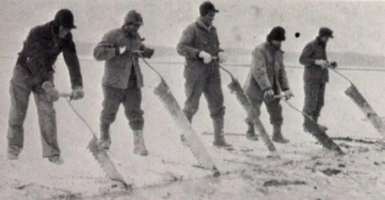20 Foods That Were Created to Solve Unique Problems
The intersection of necessity and culinary innovation has produced remarkable solutions throughout human history. Many of the everyday foods we consume emerged as calculated responses to specific challenges – from military nutrition requirements to space exploration demands.
Food scientists, biochemists, and innovative entrepreneurs have consistently demonstrated humanity’s capacity to solve complex problems through technological advancement in food production.
Instant Coffee: Military Origins

Initially created by George Constant Louis Washington in 1910, instant coffee emerged as a strategic solution to the military’s need for a portable caffeine source. The innovation provided soldiers with an efficient way to prepare hot beverages in challenging field conditions, eventually transforming civilian beverage consumption patterns worldwide.
Corn Flakes: From Medical Solution to Breakfast Staple
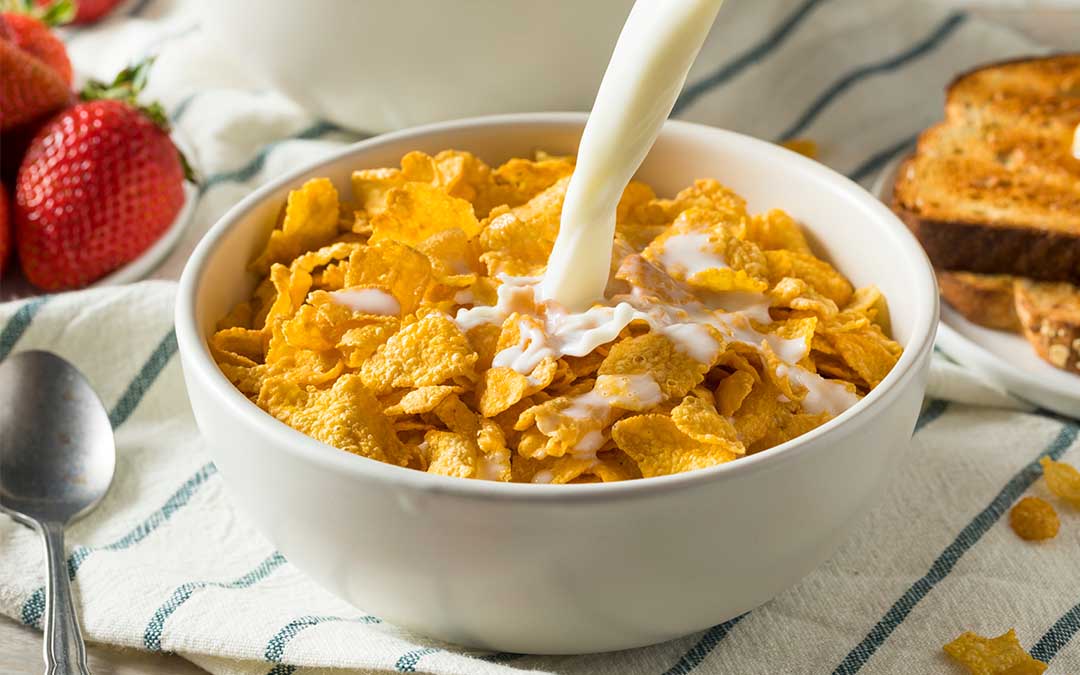
Dr. John Harvey Kellogg’s development of cornflakes at the Battle Creek Sanitarium in 1894 addressed the need for digestible, ready-to-eat breakfast options for patients requiring specific diets. This therapeutic food solution evolved into a commercial success, fundamentally changing breakfast habits across America and spawning an entire industry of ready-to-eat cereals.
Like Go2Tutors’s content? Follow us on MSN.
Energy Bars: Space Age Nutrition
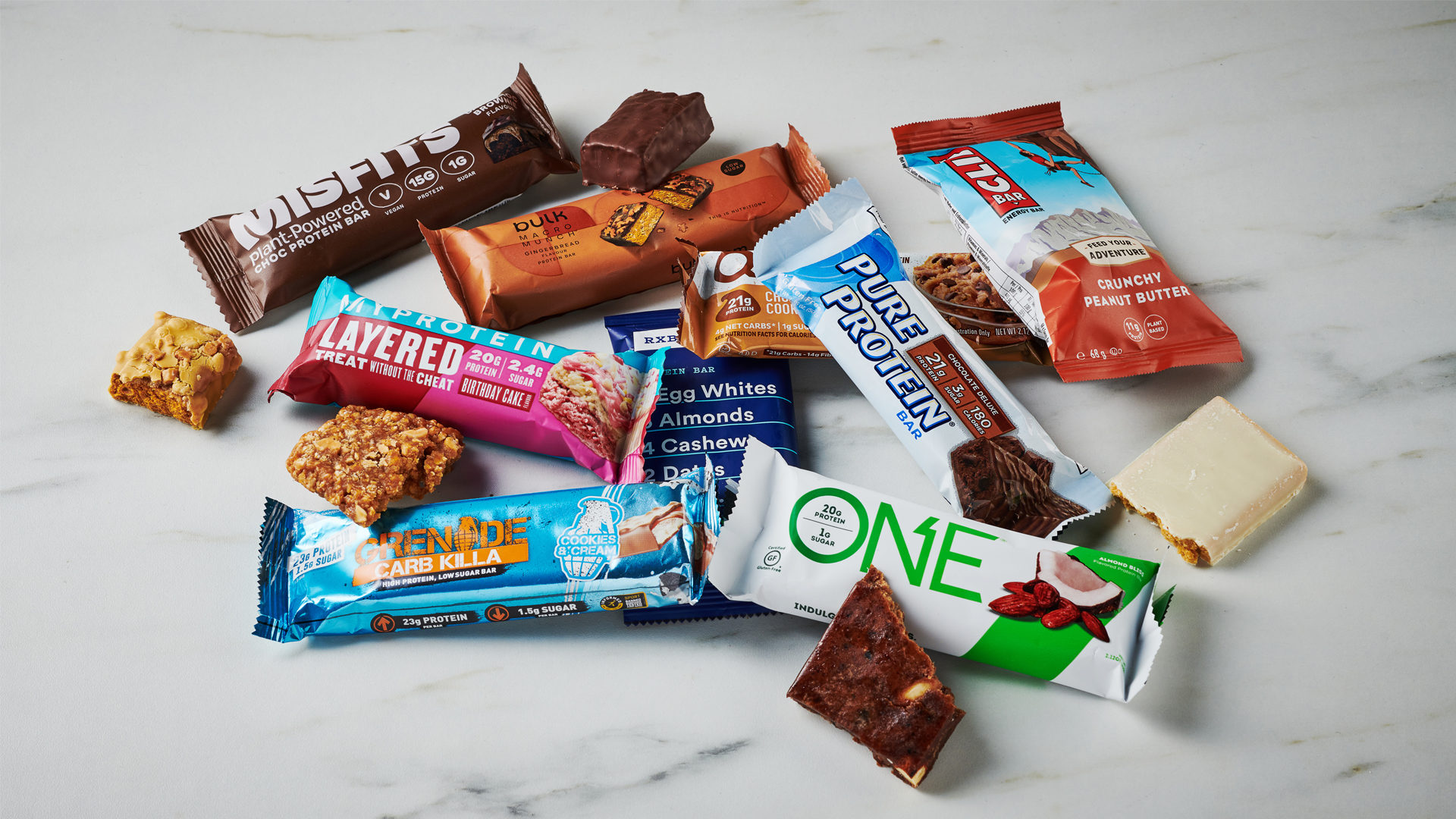
The 1960s space program necessitated the development of compact, nutrient-dense food for astronauts. NASA’s requirements led to the creation of space food sticks and early energy bars, solving problems of storage, nutrition, and consumption in zero-gravity environments. These innovations laid the foundation for modern energy bar formulations.
Margarine: A Wartime Butter Alternative

French chemist Hippolyte Mège-Mouriès developed margarine in 1869 during the Franco-Prussian War to address critical butter shortages. This butter substitute, created initially using beef tallow and milk, helped alleviate wartime food shortages and evolved into today’s vegetable oil-based alternatives.
Saccharin: Sweetening Through Scarcity

The accidental discovery of saccharin by Constantin Fahlberg in 1879 while researching coal tar derivatives proved invaluable during sugar shortages in both World Wars. This artificial sweetener became particularly crucial for diabetic patients requiring sugar alternatives, pioneering the development of synthetic sweeteners.
Like Go2Tutors’s content? Follow us on MSN.
Instant Noodles: Post-War Food Security

Momofuku Ando’s 1958 invention of instant ramen addressed severe food shortages in post-war Japan. His innovative dehydration process solved problems of food preservation, preparation time, and accessibility, creating an affordable, shelf-stable meal option that became a global phenomenon.
Condensed Milk: Preservation Innovation

Gail Borden’s 1856 development of condensed milk tackled the crucial challenge of milk preservation before widespread refrigeration. This innovation revolutionized infant feeding practices and provided crucial dairy nutrition for military campaigns, establishing new standards in food preservation.
Protein Powder: Concentrated Nutrition

The 1950s saw the development of protein supplements initially designed for malnourished individuals and hospital patients. These formulations addressed the challenge of delivering concentrated nutrition efficiently, later expanding to serve diverse needs from athletic performance to meal replacement.
Like Go2Tutors’s content? Follow us on MSN.
Tang: Space Program Beverage Innovation
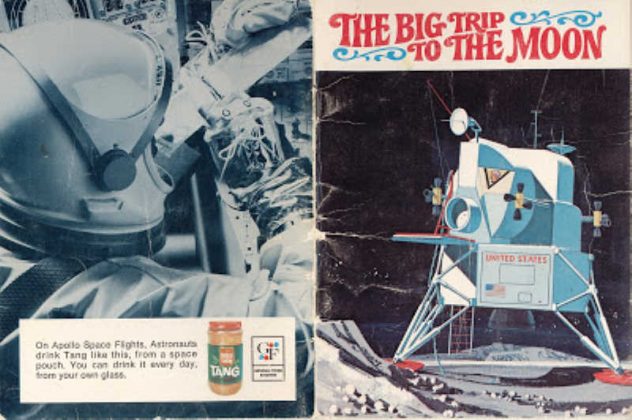
General Foods’ creation of Tang in 1957 provided astronauts with a shelf-stable vitamin C source. The powder’s ability to mask the taste of recycled water proved invaluable during space missions, leading to widespread civilian adoption and the establishment of new beverage preservation techniques.
Gatorade: Athletic Performance Solution
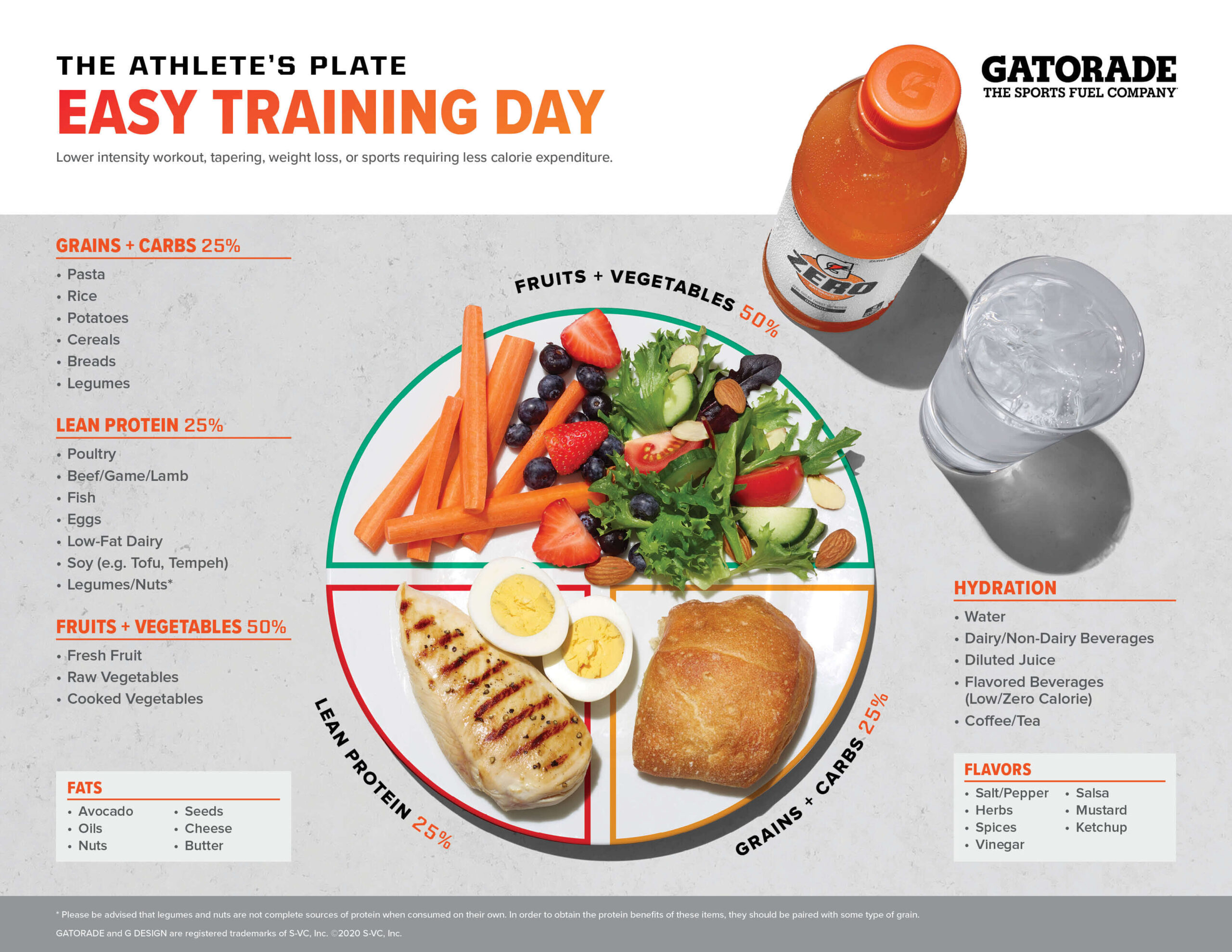
University of Florida researchers developed Gatorade in 1965 to combat dehydration in football players. This innovative sports drink addressed the specific electrolyte needs of athletes in high-temperature environments, pioneering the entire sports beverage category.
Spam: Meat Preservation Challenge

Hormel Foods introduced Spam in 1937 to utilize pork shoulder surpluses. During World War II, this shelf-stable meat product solved critical military food supply challenges, later becoming a cultural staple in various global cuisines and establishing new meat preservation standards.
Like Go2Tutors’s content? Follow us on MSN.
Fortified Bread: Nutritional Enhancement

The 1941 government mandate for bread fortification addressed widespread nutrient deficiencies. This public health initiative dramatically reduced incidents of diseases caused by vitamin and mineral deficiencies, setting precedents for food fortification programs worldwide.
Frozen Foods: Preservation Revolution

Clarence Birdseye’s development of quick-freezing techniques in 1924, inspired by Inuit preservation methods, revolutionized food storage. His innovation solved problems of food spoilage and seasonal availability, transforming global food distribution systems.
Meal Replacement Shakes: Complete Nutrition
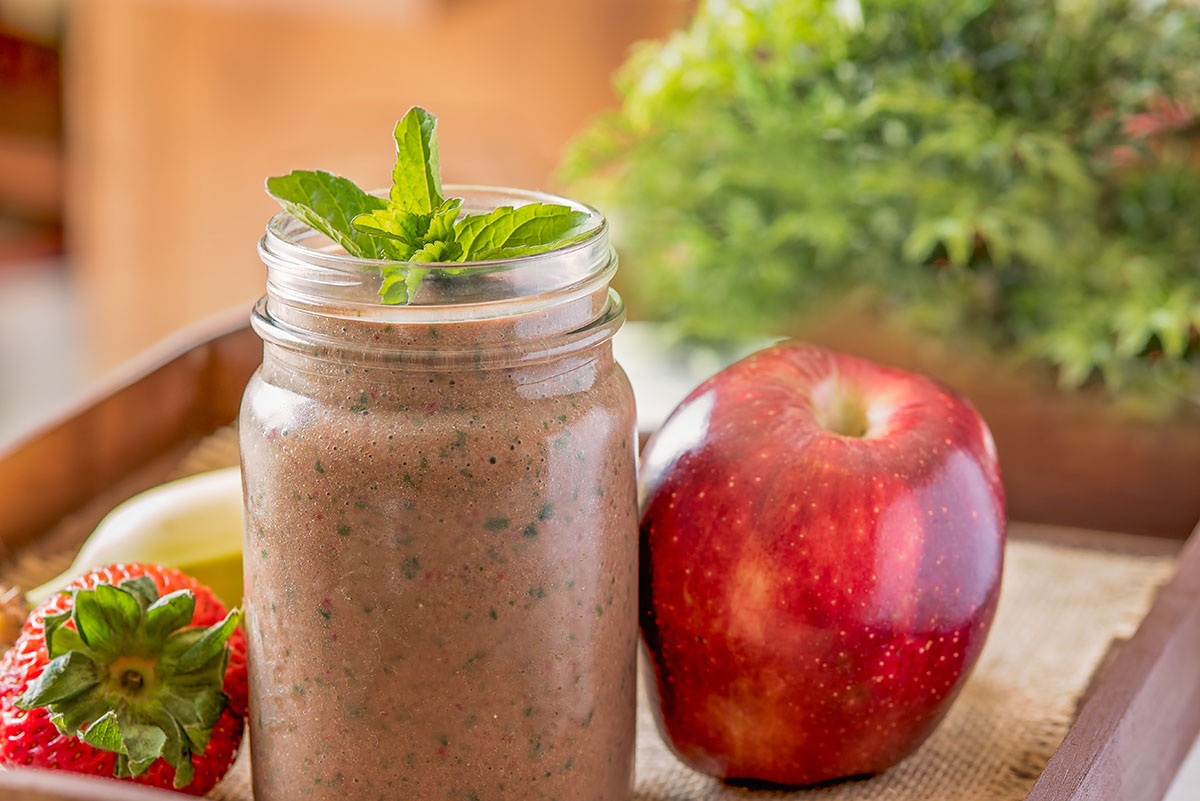
The 1959 development of meal replacement beverages originated from medical needs for liquid nutrition. These formulations addressed the challenge of delivering complete nutrition to individuals unable to consume solid foods, later expanding to broader dietary applications.
Like Go2Tutors’s content? Follow us on MSN.
Vitamin D Milk: Deficiency Prevention
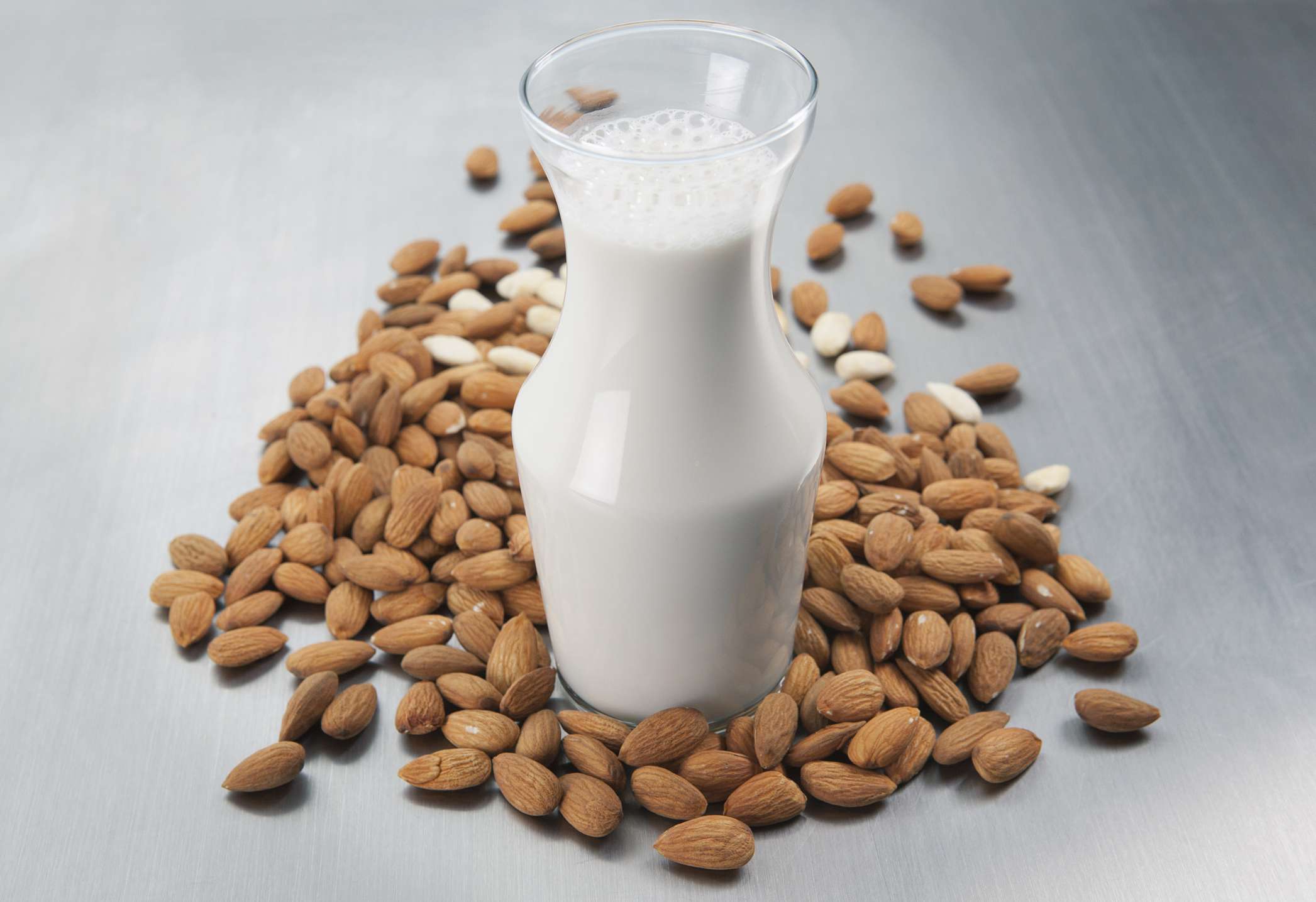
The 1932 introduction of vitamin D fortification in milk addressed widespread rickets in children. This strategic nutritional enhancement demonstrated how targeted food fortification could prevent specific nutritional deficiencies on a population scale.
Pemmican: Indigenous Innovation

Pre-colonial Native Americans created pemmican as a concentrated mixture of dried meat, berries, and fat to provide long-lasting, portable nutrition. This indigenous innovation later proved invaluable for European explorers and early American settlers.
Iodized Salt: Public Health Solution

The 1924 introduction of iodized salt effectively addressed widespread iodine deficiency disorders. This simple yet profound innovation prevented goiter and other thyroid-related health issues across entire populations.
Like Go2Tutors’s content? Follow us on MSN.
M&Ms: Heat-Resistant Chocolate
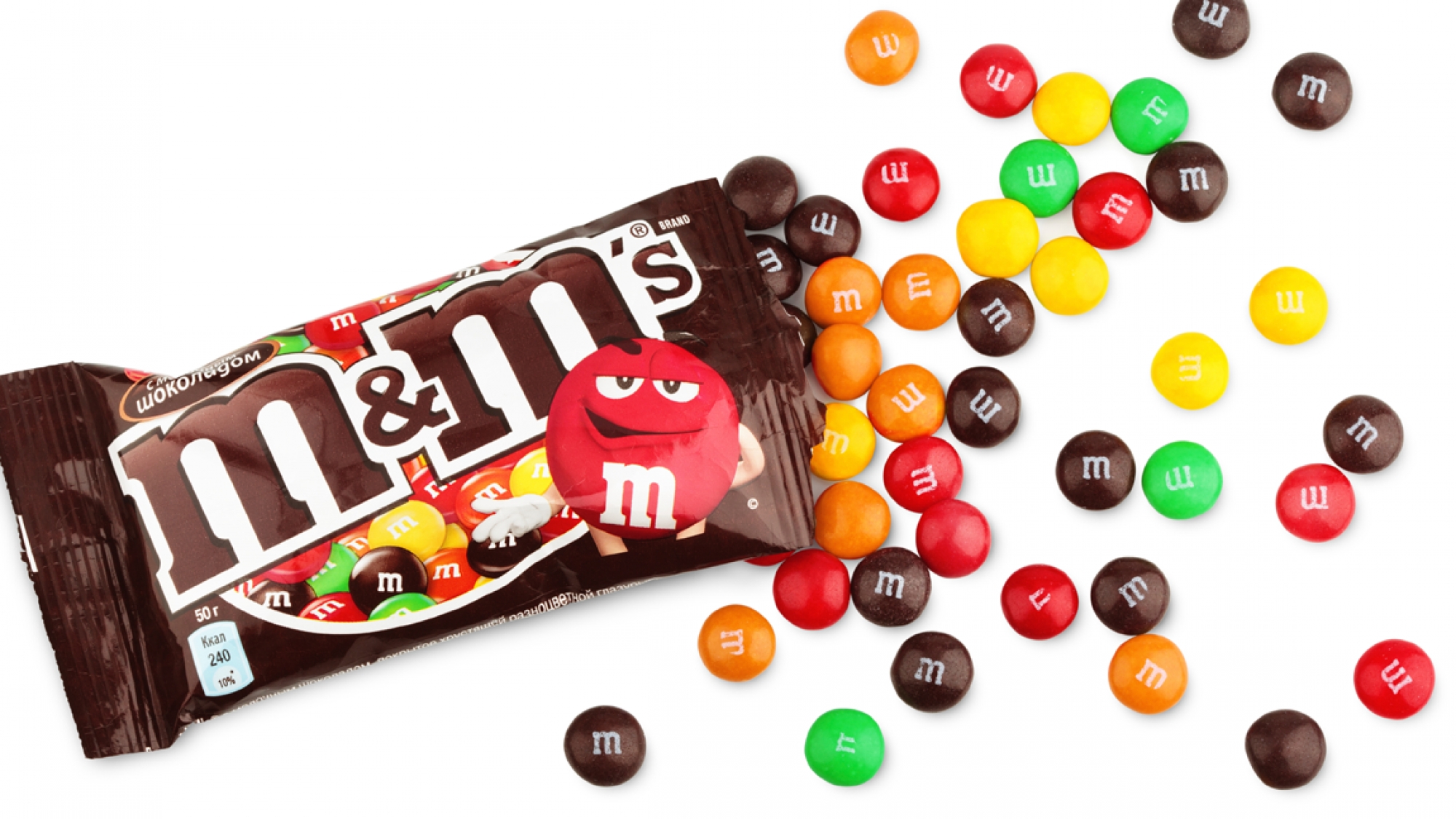
Forrest Mars Sr.’s 1941 development of M&Ms solved the military’s need for melt-resistant chocolate. The innovative candy-coating technology created a temperature-stable chocolate product that revolutionized confectionery distribution.
Baby Formula: Infant Nutrition Solution

Justus von Liebig’s 1867 development of commercial infant formula provided safe nutrition for infants without access to breast milk. This breakthrough significantly reduced infant mortality rates and established standards for artificial infant nutrition.
Instant Mashed Potatoes: Storage Innovation
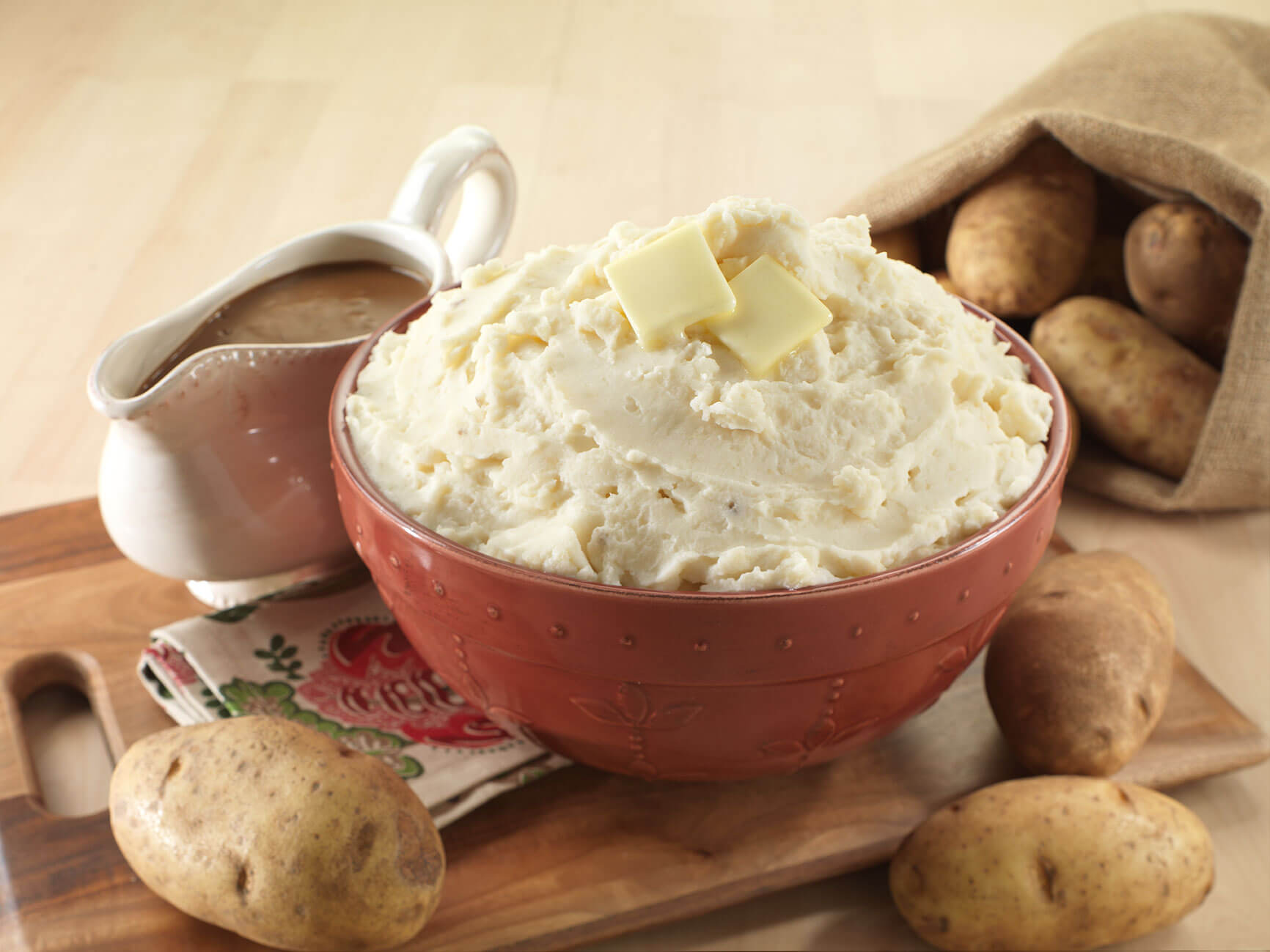
The 1960s development of instant mashed potatoes addressed storage and preparation challenges. This innovation pioneered new food dehydration techniques while providing a shelf-stable alternative to fresh potatoes.
Like Go2Tutors’s content? Follow us on MSN.
From Past Solutions to Future Innovation

The legacy of these innovative foods extends far beyond their original purposes. Each solution represented a breakthrough in food science, often leading to unexpected applications and widespread adoption.
Today’s food scientists continue this tradition of innovation, addressing contemporary challenges in global nutrition, sustainability, and food security. As we face new challenges in feeding a growing global population, these historical examples remind us how necessity drives culinary innovation, creating solutions that often transcend their original purposes.
More from Go2Tutors!

- Famous Battles: How Much Do You Really Know About U.S. History?
- Top 5 Most Important Skills, According To Harvard Business School
- How Well Do You Know 90s Pop Culture? Take the Quiz
- Master the Art of Public Speaking with These Expert Tips
- Think You Know Capitals? Put Your Knowledge to the Test
Like Go2Tutors’s content? Follow us on MSN.



